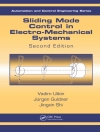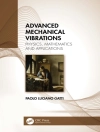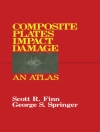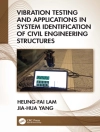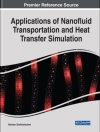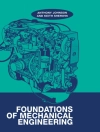This Ph D thesis characterises the damage that occurs in tungsten when it is exposed to a fusion-like environment. The book presents pioneering work on the use of grazing-incidence small-angle X-ray scattering (GISAXS) to measure nano-bubble formation in tungsten exposed to helium plasma. The phenomenon of nanoscale bubble formation within metals during helium plasma exposure can lead to undesirable changes in the material properties, such as complex nanoscale surface modification or a reduction in thermal conductivity. As a result of this work, it is now possible to quantify how nanobubble behaviour changes within different materials, and under different plasma conditions.
In 2015 the author published the first GISAXS study of helium-induced nanobubble formation in tungsten, demonstrating the viability of using GISAXS for this work. This paper has generated significant interest from the international fusion community and was selected as one of the highlights for the journal Nuclear Fusion.
Cuprins
Introduction.- Developing a GISAXS Model to Enable Study of Nano-bubble Formation.- Validation of GISAXS Model with TEM Data.- Effect of He Fluence on Nano-bubble Growth.- Effect of Sample Temperature and Transient Heat Loading on Nano-bubble Growth.- Investigating Synergistic Effects on W Performance with Magnum-PSI.- Conclusion.
Despre autor
Matt Thompson was awarded his Ph D in 2017 from the Australian National University (ANU), after developing new methods of using grazing incidence small angle X-ray scattering (GISAXS) to measure plasma-induced modification in fusion materials. Since then he has continued to work for the ANU developing more precise Monte-Carlo based methods to fit GISAXS data, including a fitting package that will be released to the general public in 2019. His research now includes investigation plasma modification of other materials in order to better understand how and why particular nanostructures form, and to develop reproducible nanofabrication techniques for future commercialisation.


